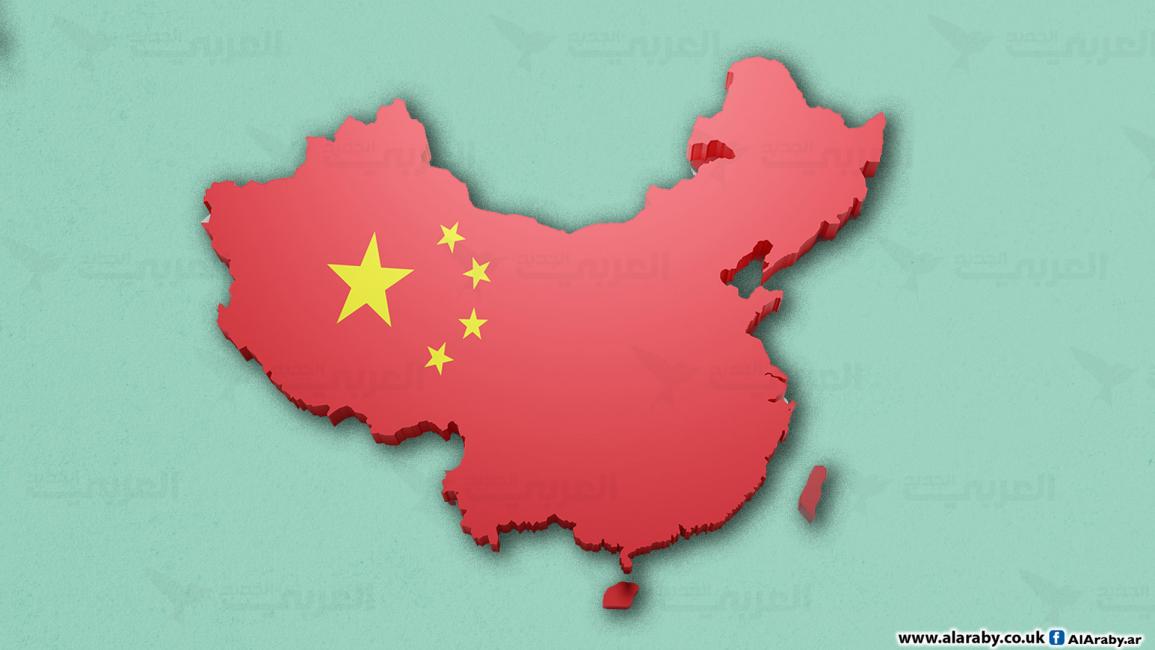China is developing a non-nuclear hydrogen bomb with advanced technology and unique destructive capabilities.

China has unveiled a new type of weapon, a non-nuclear hydrogen bomb based on "magnesium hydride," developed by CSSC and successfully tested in battlefields.
This bomb, weighing no more than two kilograms, is characterized by high destructive power without emitting any nuclear radiation, placing it among advanced weapons that could alter military power balances.
The new technology relies on an intense thermal reaction resulting from releasing hydrogen from solid magnesium hydride, creating a fireball with temperatures exceeding 1000 degrees Celsius lasting for over two seconds, 15 times longer than traditional TNT explosions.
Although the blast pressure equals 40% of TNT's power, the thermal damage is significantly greater, capable of melting metals and destroying infrastructure with high precision.
The bomb does not contain fissile materials, meaning no radioactive contamination post-explosion. Upon detonation, it generates a self-sustaining combustion ring, prolonging its destructive impact, designed to disrupt traffic flow, disable power and communication centers, and target sensitive facilities.
In a move reflecting China's seriousness in enhancing its military arsenal, Beijing has opened a specialized facility to produce 150 tons of magnesium hydride annually, potentially paving the way for the proliferation of such weapons. Research is also underway for other applications of this material in the field of clean energy, especially for submarines and drones.
The announcement of this weapon comes at a time of escalating tensions in the Asia-Pacific region, particularly with increasing disputes over Taiwan and the rise of U.S. military presence in the area.
Analysts view the new bomb not just as a technological breakthrough but as a clear message from Beijing about its advanced military capabilities and its ability to reshape confrontation methods in modern warfare.